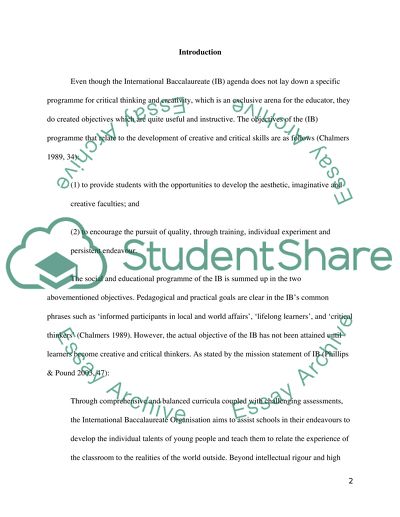Cite this document
(“Does the International Baccalaureate offer greater freedom / Essay”, n.d.)
Retrieved de https://studentshare.org/education/1390572-does-the-international-baccalaureate-offer-greater
Retrieved de https://studentshare.org/education/1390572-does-the-international-baccalaureate-offer-greater
(Does the International Baccalaureate Offer Greater Freedom / Essay)
https://studentshare.org/education/1390572-does-the-international-baccalaureate-offer-greater.
https://studentshare.org/education/1390572-does-the-international-baccalaureate-offer-greater.
“Does the International Baccalaureate Offer Greater Freedom / Essay”, n.d. https://studentshare.org/education/1390572-does-the-international-baccalaureate-offer-greater.


